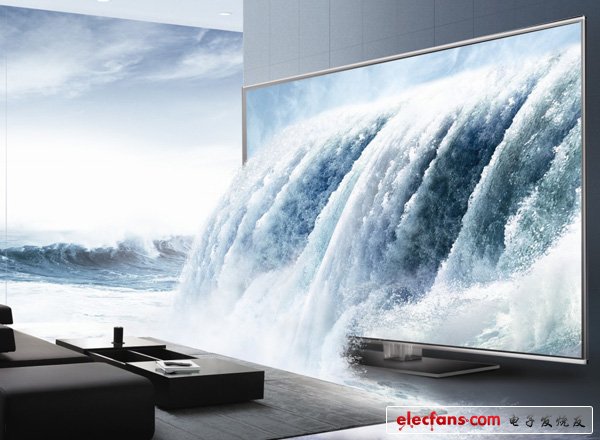According to the latest research report from the School of Optometry of the Pacific University in the United States, when viewing 3D TV too close to the screen, symptoms such as blurred vision and nausea can easily occur. We call this symptom "3D movie syndrome.
Dr. Yang Shunnan and his colleagues studied 203 adolescents and adult participants. The researchers asked the participants to watch the movie "Gourmet Falls from the Sky" on a 55-inch LCD TV. Some people watch the 2D (plane) version, while others watch the 3D (stereoscopic) version. Participants watched the movie from different distances and different angles, and received a questionnaire survey. The content involved discomfort symptoms before watching, discomfort during and after watching the movie. The results found that among the participants in the 2D group and the 3D group, 12% and 20% of the patients felt uncomfortable symptoms. Participants watching 3D movies are more likely to experience eye pain, eye movements, blurred vision, ghosting, dizziness, disorientation, headache, and nausea (ie "3D movie syndrome"). Participants 24-34 years of age are at higher risk of developing "3D syndrome" than older participants. The reason is that the visual acuity of older people gradually becomes farsighted and less sensitive to visual stimulation than young people.
"3D movie syndrome" is more likely to occur at home, and its symptoms will appear within 15 minutes of watching 3D TV. Dr. Yang said that when watching 3D TV, it is close to the screen, but the 3D effect will give people a very distant feeling, affecting the adjustment of human vision. Therefore, when watching 3D TV, it is best to stay away, especially young people. When watching 3D TV at home, keep the distance at least 3 times the height of the screen. Experts suggest that if symptoms such as dizziness and nausea appear, remove the 3D glasses in time and watch the movie directly.

Brushless permanent magnet motors with low inertia rotors are used in high-performance servo applications such as machine tools or pick and place applications where fast, precise movements are required, and motors with high inertia rotors (and high pole-numbers) suit low-speed applications such as gearless lift systems.
The performance characteristics of these drives are summarized below:
They have excellent dynamic performance at speeds down to standstill when position feedback is used.
For precision positioning the position feedback must define the absolute position uniquely within an electrical revolution of the motor. This can be provided with a position sensor or alternatively a sensorless scheme can be used. The performance of a sensorless scheme will be lower than when a position sensor is used.
Field weakening of permanent magnet motors is possible to extend their speed range, but this requires additional motor current, and so the motor becomes less efficient in the field weakening range. This form of control also increases the rotor losses and raises the temperature of the magnet material, thereby increasing the risk of demagnetization. Care is also needed in such applications to avoid overvoltage at the motor and drive terminals in the event of a loss of control: at high speeds, the open-circuit voltage will exceed the rated value.
Brushless permanent magnet motors exhibit an effect called cogging that results in torque ripple. It is caused by magnetic reluctance forces acting mainly in the teeth of the stator, and can be minimized by good motor design, but can still be a problem in sensitive applications.
Brushless permanent magnet motors can be very efficient as the rotor losses are very small.
Brushless Permanent Magnet Motor
Brushless permanent magnet motor,Permanent magnet brushless dc motor
Shenzhen Maintex Intelligent Control Co., Ltd. , https://www.maintexmotor.com